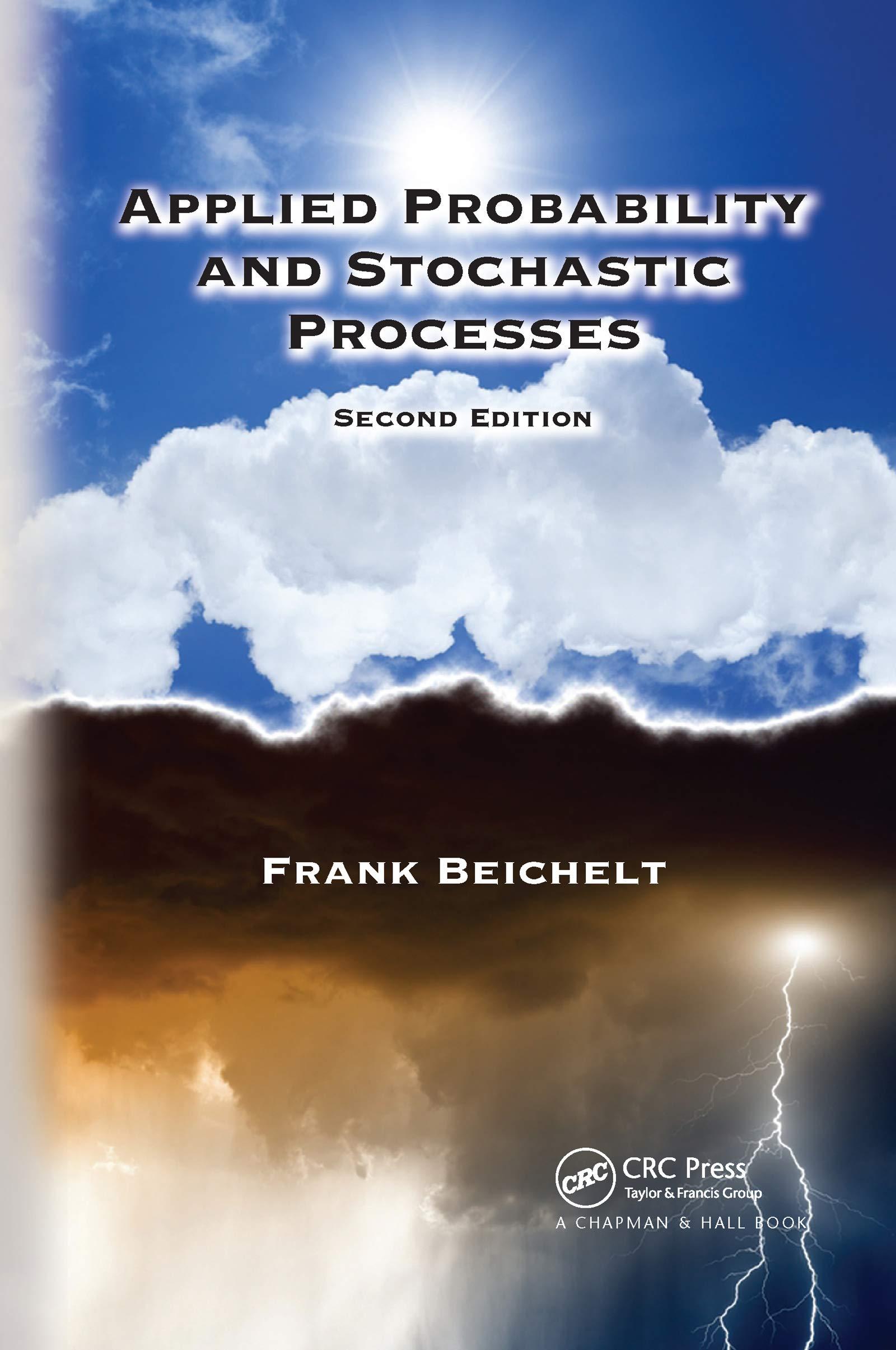A household insurer knows that the total annual claim size (X) of clients in a certain portfolio
Question:
A household insurer knows that the total annual claim size \(X\) of clients in a certain portfolio hasy a normal distribution with mean value \(\$ 800\) and standard deviation \(\$ 260\). The insurer partitions his clients into classes 1,2, and 3 depending on the annual amounts they claim, and the class they belong to (all costs in \$):
A client, who is in class 1 in the current year, will make a transition to class 1, 2, or 3 next year, when his respective total claims are between 0 and 600,600 and 1000, or greater than 1000 in the current year.
A client, who is in class 2 in the current year, will make a transition to class 1, 2, or 3 next year if his respective total claim sizes are between 0 and 500,500 and 900 , or more than 900 .
A client, who is in class 3 and claims between 0 and 400 , between 400 and 800 , or at least 800 in the current year, will be in class 1,2 , or in class 3 next year, respectively.
When in class 1,2 , or 3 , the clients will pay the respective premiums 500,800 , or 1000 a year.
(1) What is the average annual contribution of a client in the longrun?
(2) Does the insurer make any profit under this policy in the longrun?
Step by Step Answer:

Applied Probability And Stochastic Processes
ISBN: 9780367658496
2nd Edition
Authors: Frank Beichelt





